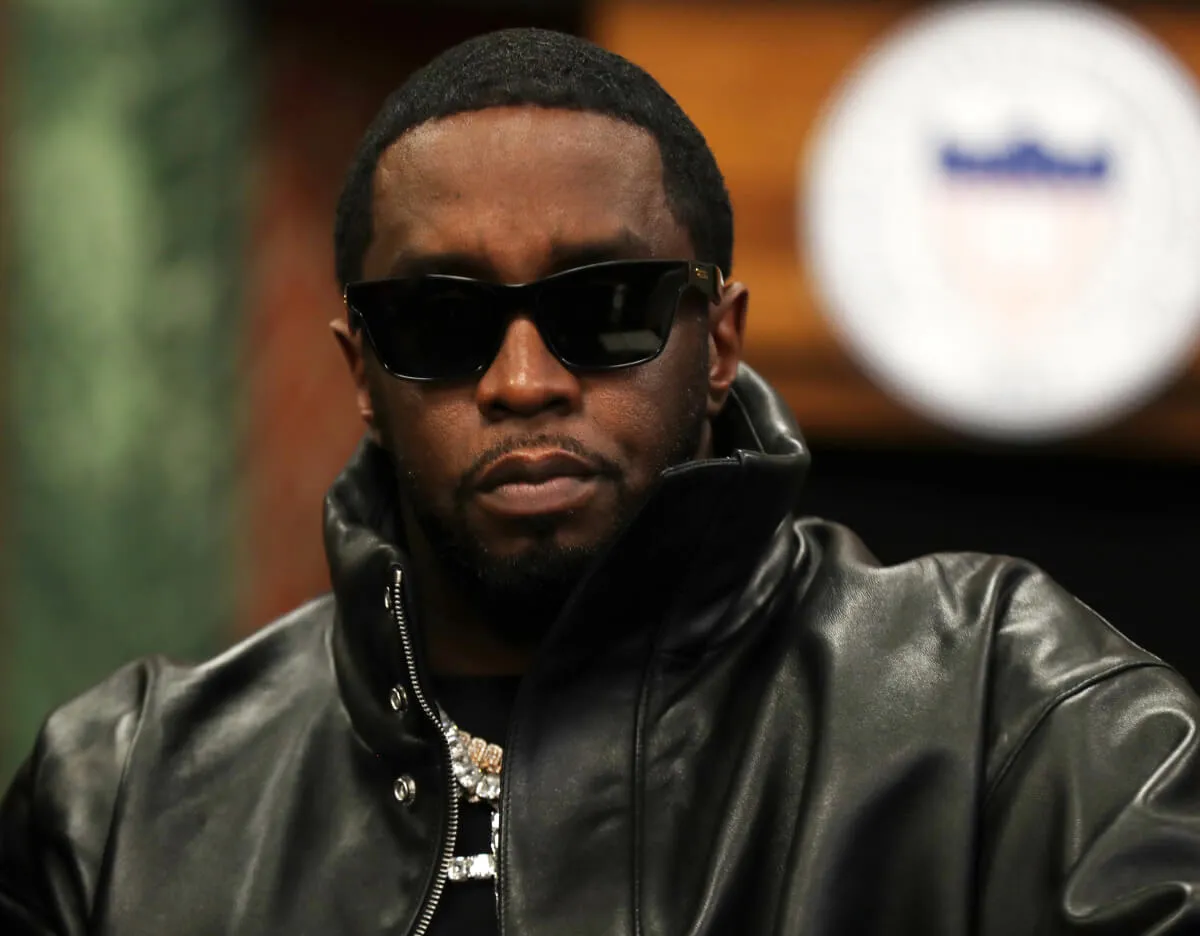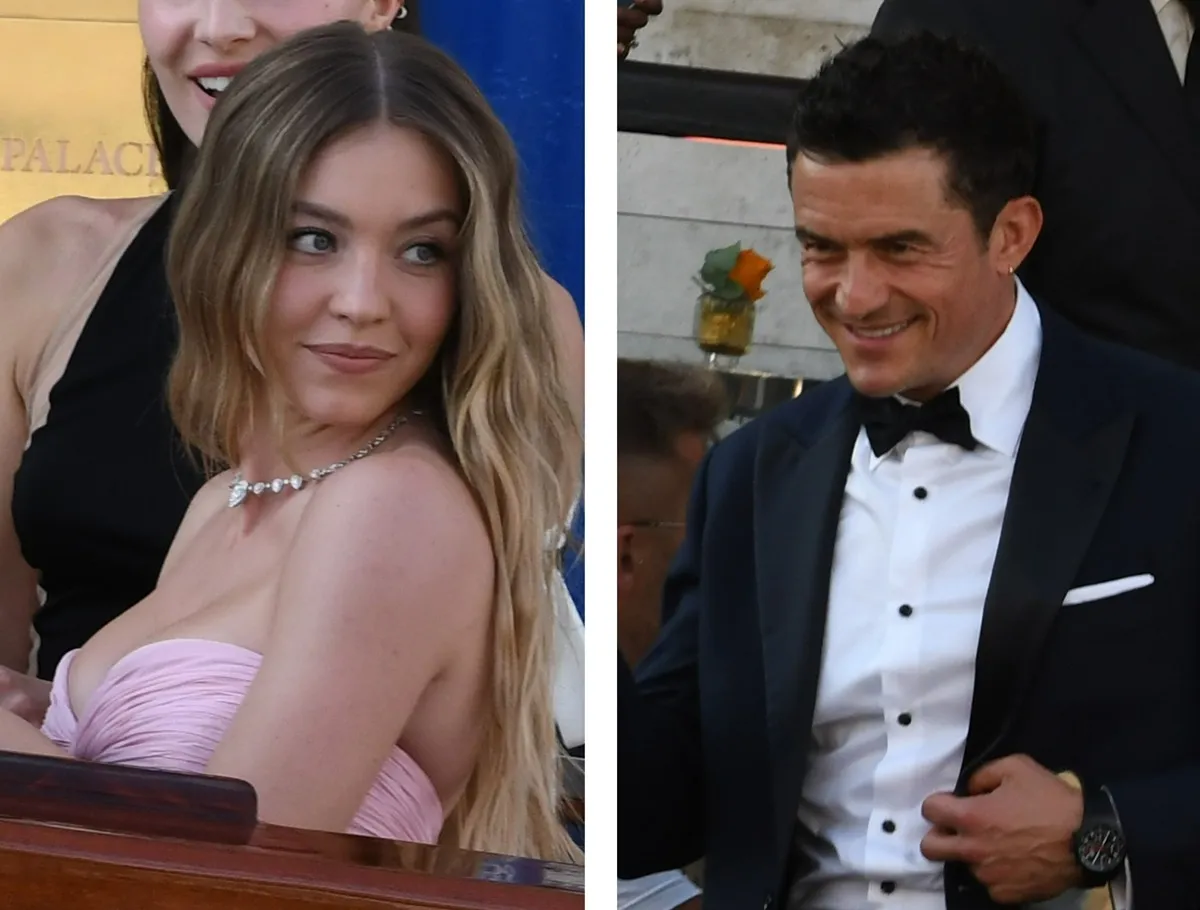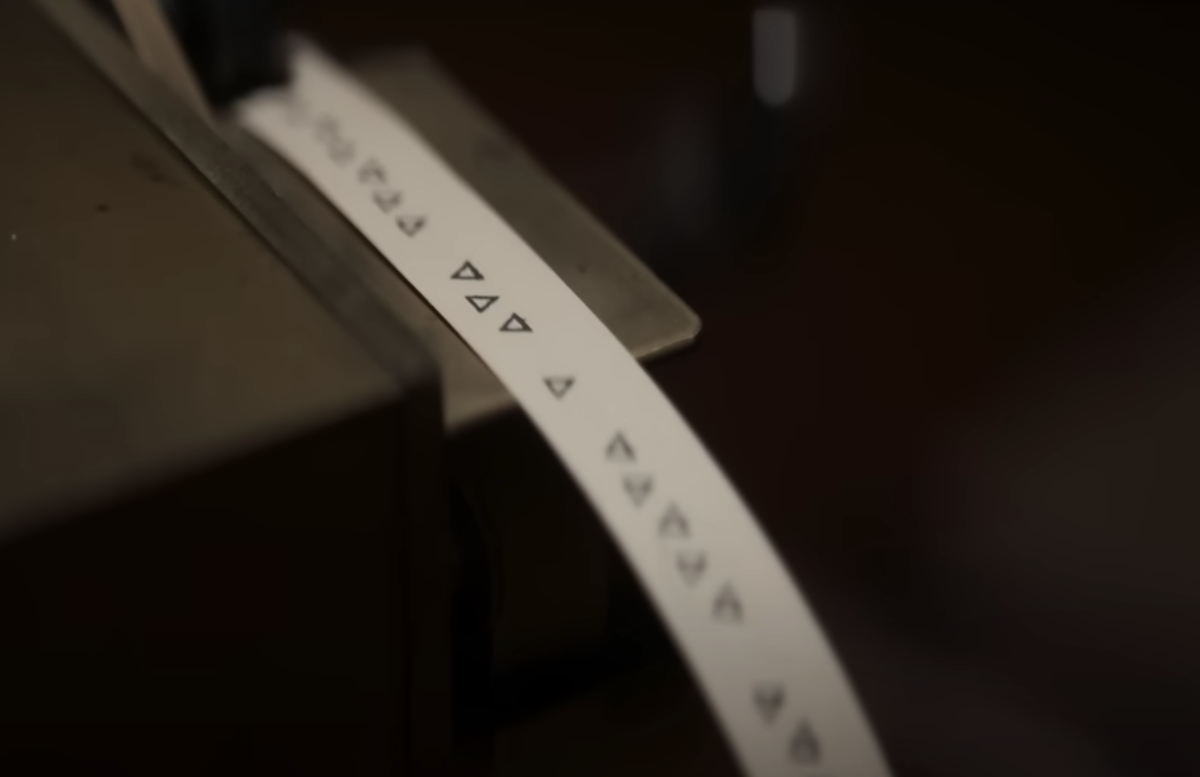
‘1899’: All of the Netflix Mystery Series’ Symbols Explained
As a series that alludes to the brain’s untapped potential, the sheer volume of Netflix’s 1899’s symbols seems to test viewers’ capacities. However, the need for a study guide (or perhaps several dusty tomes) has not deterred viewers. The series has amassed over 45 million views since its debut on November 17.
But, for all those viewers looking to avoid decoding ancient runes, here is a look at the many symbols seen in Netflix’s 1899, beginning with the title itself.
Netflix’s ‘1899’ symbols begin at the beginning: the magic of numbers, a white rabbit, and Emily Dickinson
Created by the same team that wrote 2017’s Dark, Netflix’s 1899 follows a group of migrant passengers aboard a steamship headed for America (the Kerberos, a reference to the Greek three-headed dog that guards Hades and a computer authentication protocol).
But their trip takes a horrific turn when the ship’s captain (played by Dark’s Andreas Pietschmann) changes course in search of a missing ship, the Prometheus (1899’s nod to the famous Greek Titan who gifted Man Olympus’ fire [and also a certain spaceship]).
And, like Dark, symbolism is everywhere in 1899, beginning with the series title. Speaking to The Hollywood Reporter, 1899’s creators Jantje Friese and Baran bo Odar reveal that they chose the year for the series because many issues from 1899 are still relevant today.
In 1899, the world was on the brink of a new century. The time was one of both fear and hope, of new ideas versus the old ways, and clashing beliefs in science and religion.
But the number “1899” is also considered magical. “You can do a lot of things with it,” bo Odon explains in the interview, “One plus eight is nine. So you have 999. If you turn that upside down, it’s 666, the number of the beast.” Another number to note in the series is Emily Beecham’s Maura Franklin room number: 1011, which is binary code.
Viewers also likely recognized the song “White Rabbit” in 1899’s opening credits. When asked if the song references The Matrix, Friese replies that the song’s use was meant more as a reference to “the brain, to psychology and the science of perception.”
Friese also points to the Emily Dickenson quote featured in the song, and, specifically, the line “feed your head,” which 1899’s creators used as a theme for the series.
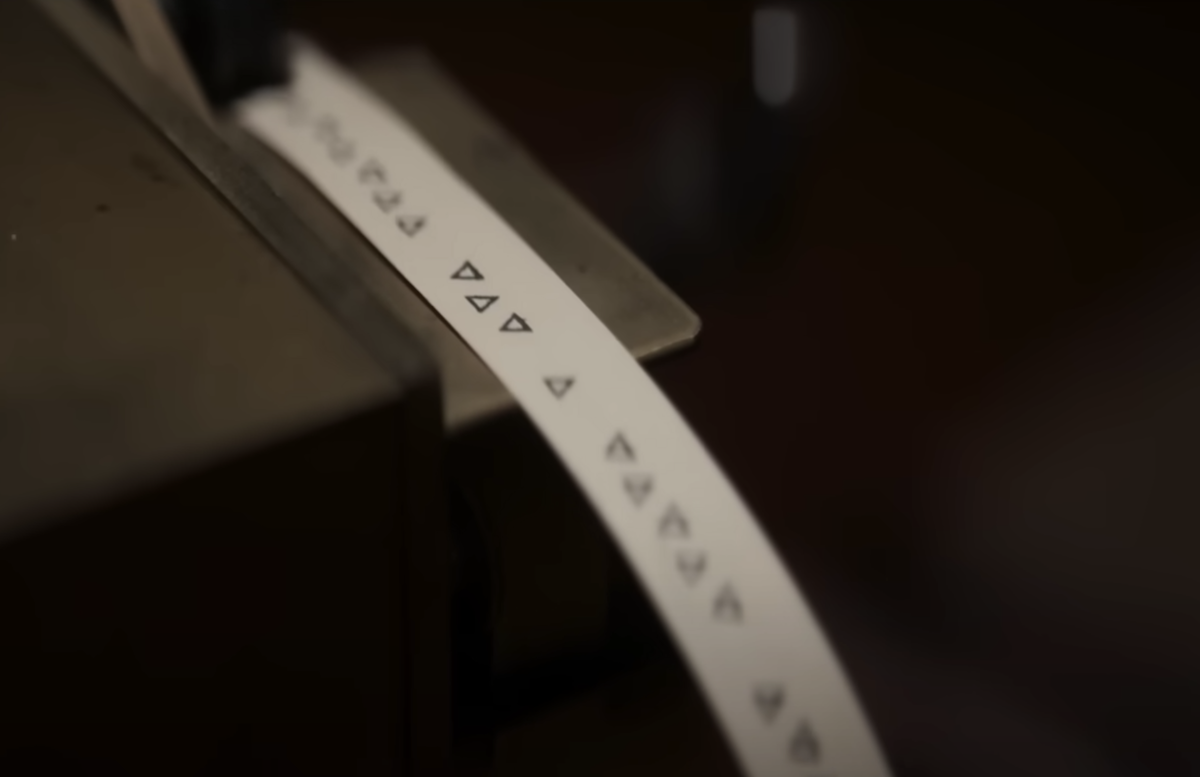
Triangles are Netflix’s ‘1899’ symbols of choice
As was the case with Dark, triangles abound in Netflix’s 1899. “From the digits on the mysterious devices to the pyramid that Daniel uses to wake up Maura, they’re seemingly everywhere,” as Screen Rant reports.
The sign, which gained magical connotations through its prominent use in alchemy, is featured in four variations throughout the series, as noted by IMDb. “The four upright, inverted and crossed-thru variations of the equilateral triangle represent the four basic elements of earth, air, fire, and water.”
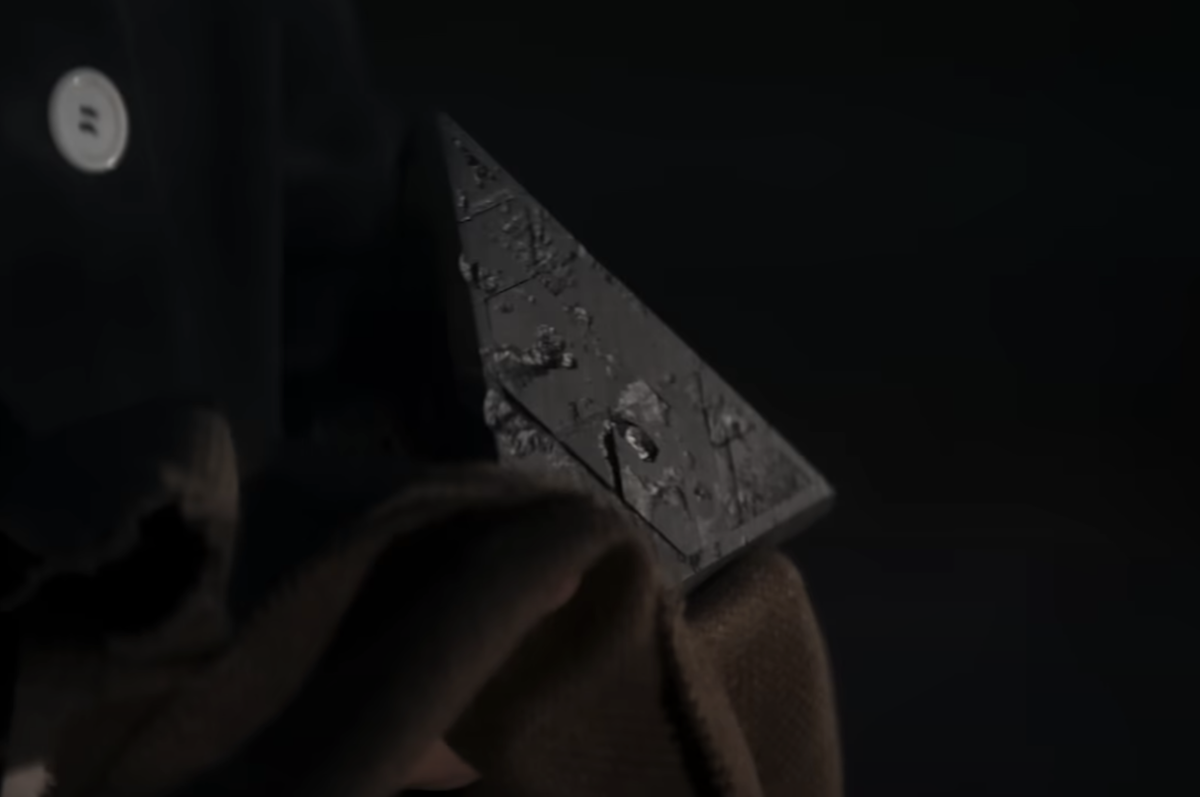
But triangles hide in nearly every scene: the shipping company’s logo, tattoos, clothing, jewelry, doors, walls, floor panels, the Morse code ticker, the tetrahedron, and Solace’s puzzle box.
Perhaps the most significant use of the triangle in Netflix’s 1899 is the tetrahedron which Friese explains to Tudum as the building block of simulations and virtual realities. But Friese points out that a triangle can also be a pyramid, another symbol known for its mystical connotations.
Even the score of Netflix’s ‘1899’ is a symbol
Drawing once again on the musical talents of Ben Frost (the composer from Dark), Netflix’s 1899 features a symbol-laden score as well. When composing for Dark, IMDb says Frost used Doppler effect glissando “to represent time distortion.”
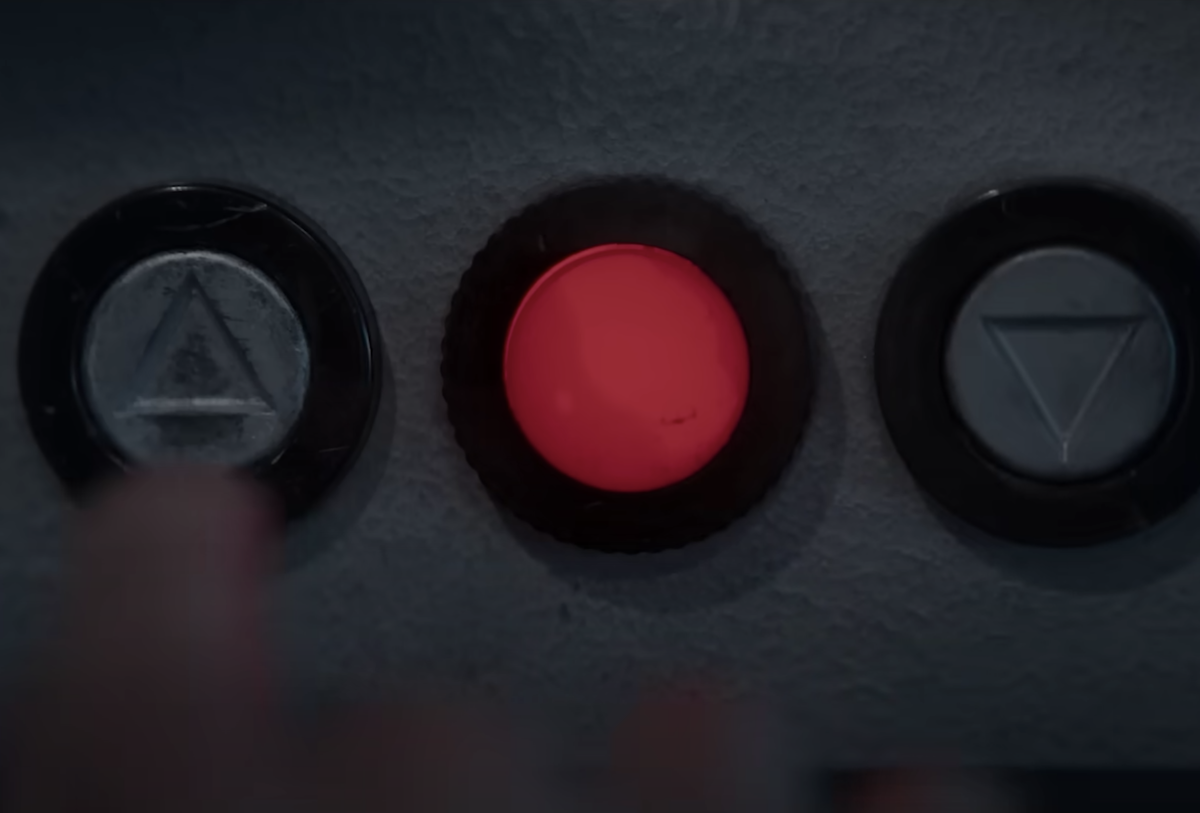
In 1899, the composer uses a style known as Musique concréte (which uses recorded sounds for music) to infuse the score with the sound of a tape warble. The effect is haunting, with the warbling sound enhancing “the show’s theme of a distorted reality.”
All things considered, it is no wonder many are saying they still have no idea what is happening in the series following 1899’s eight-episode debut. Symbols, symbols everywhere!
